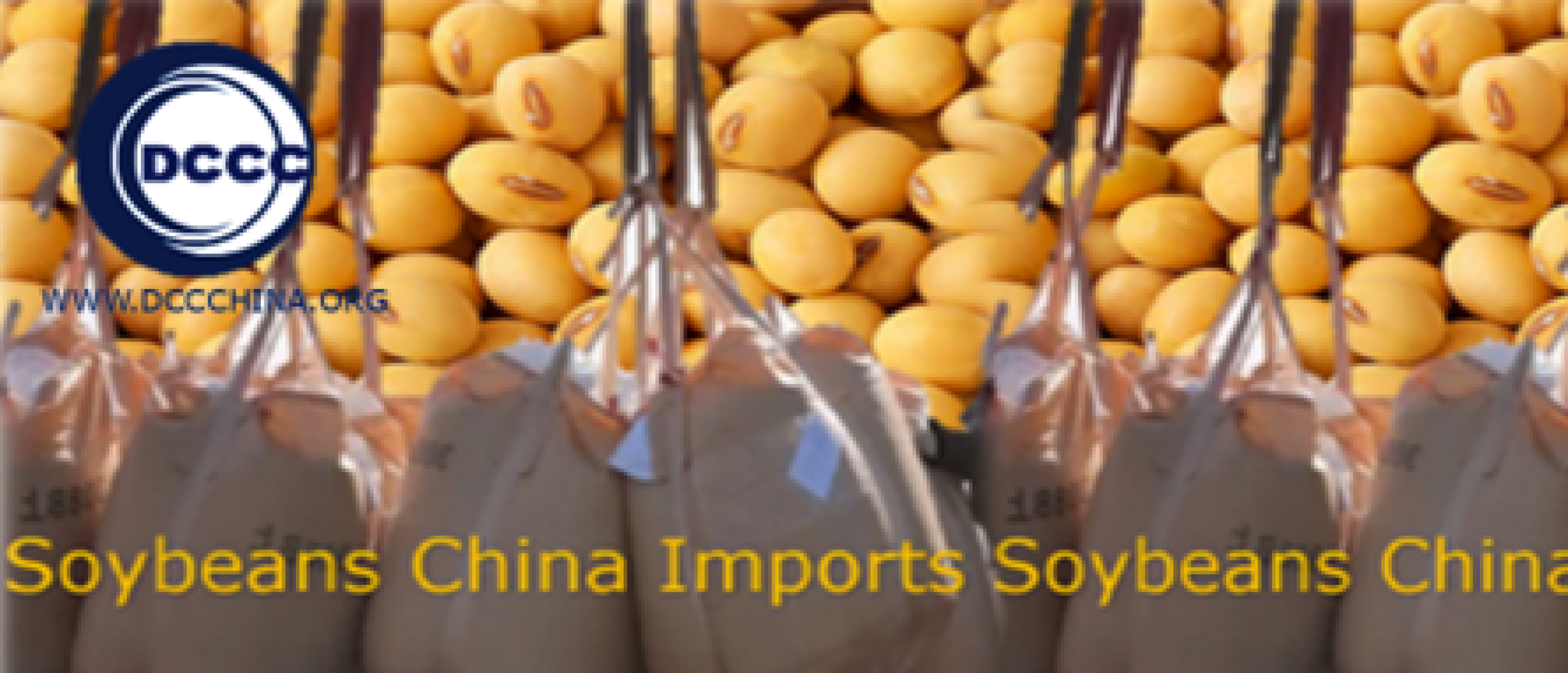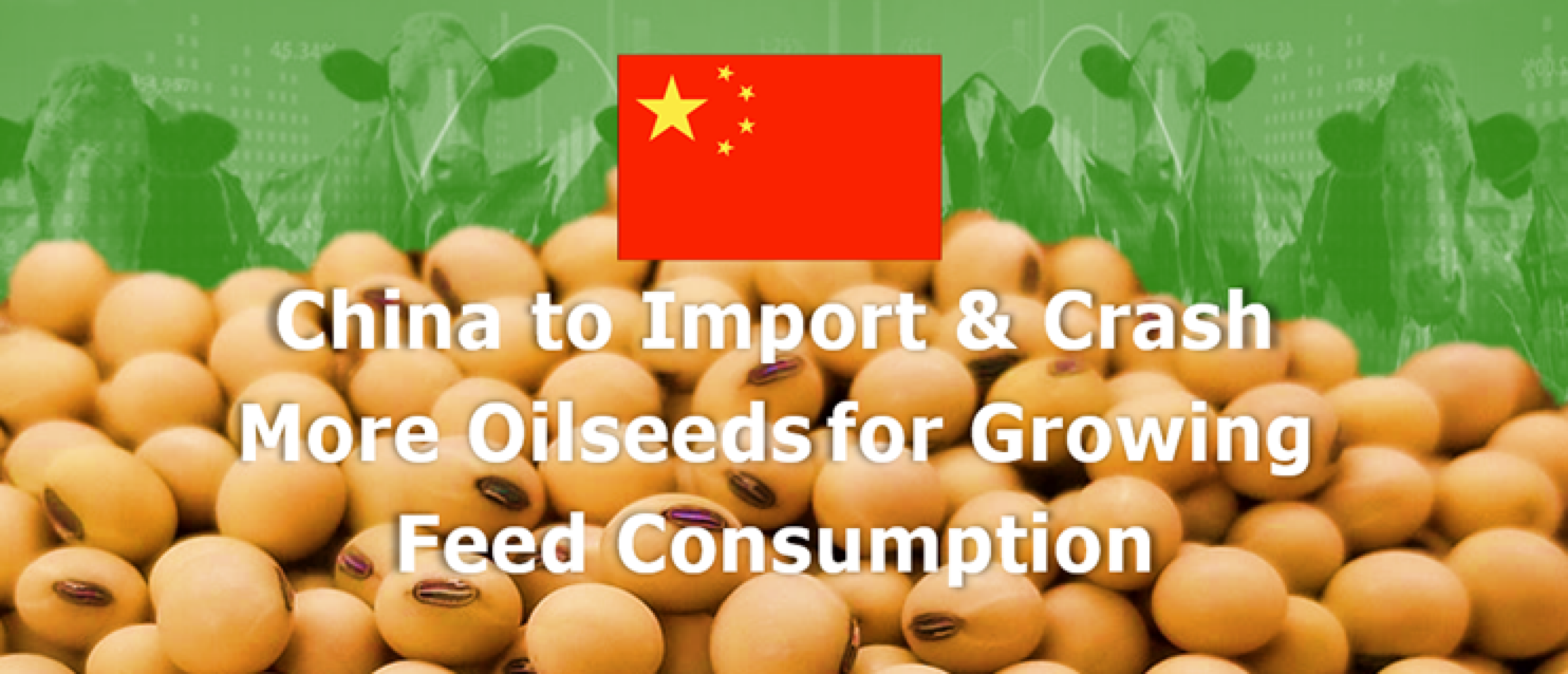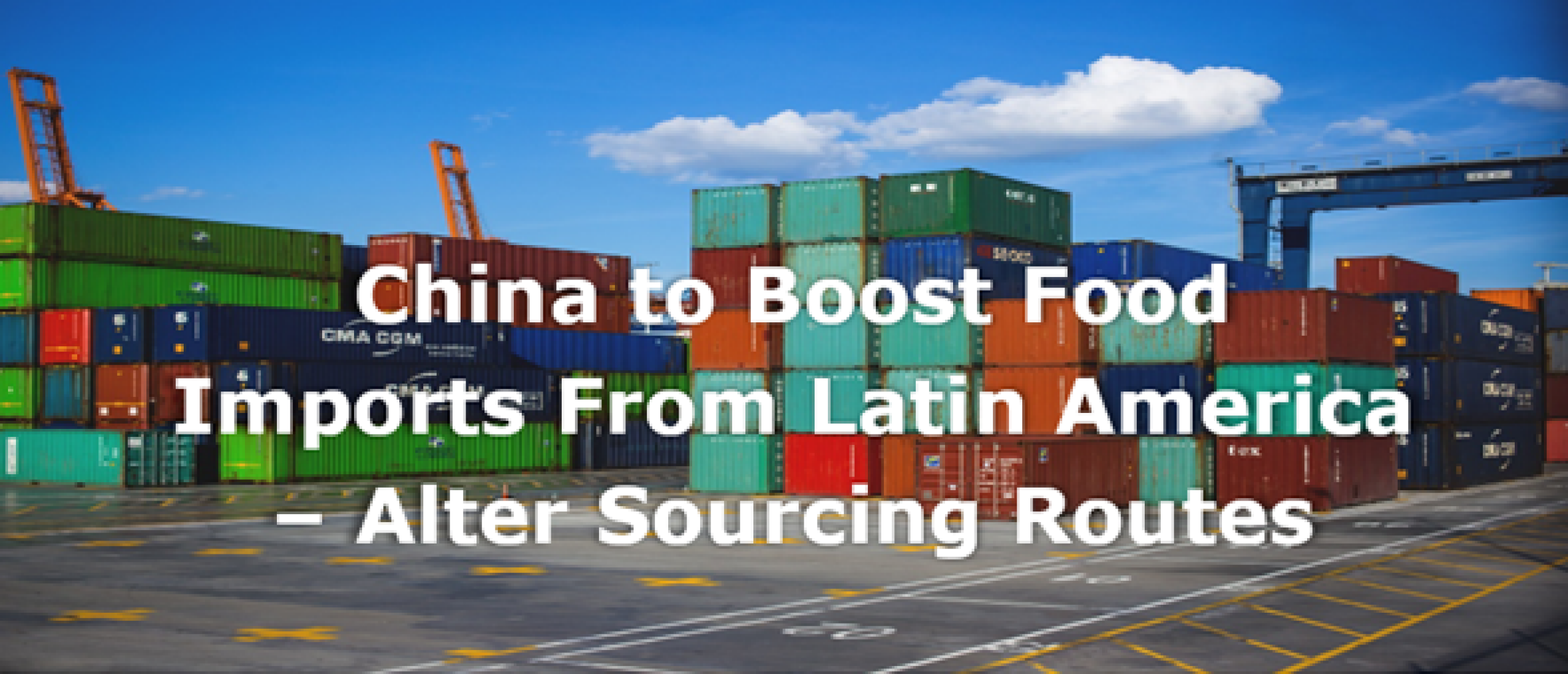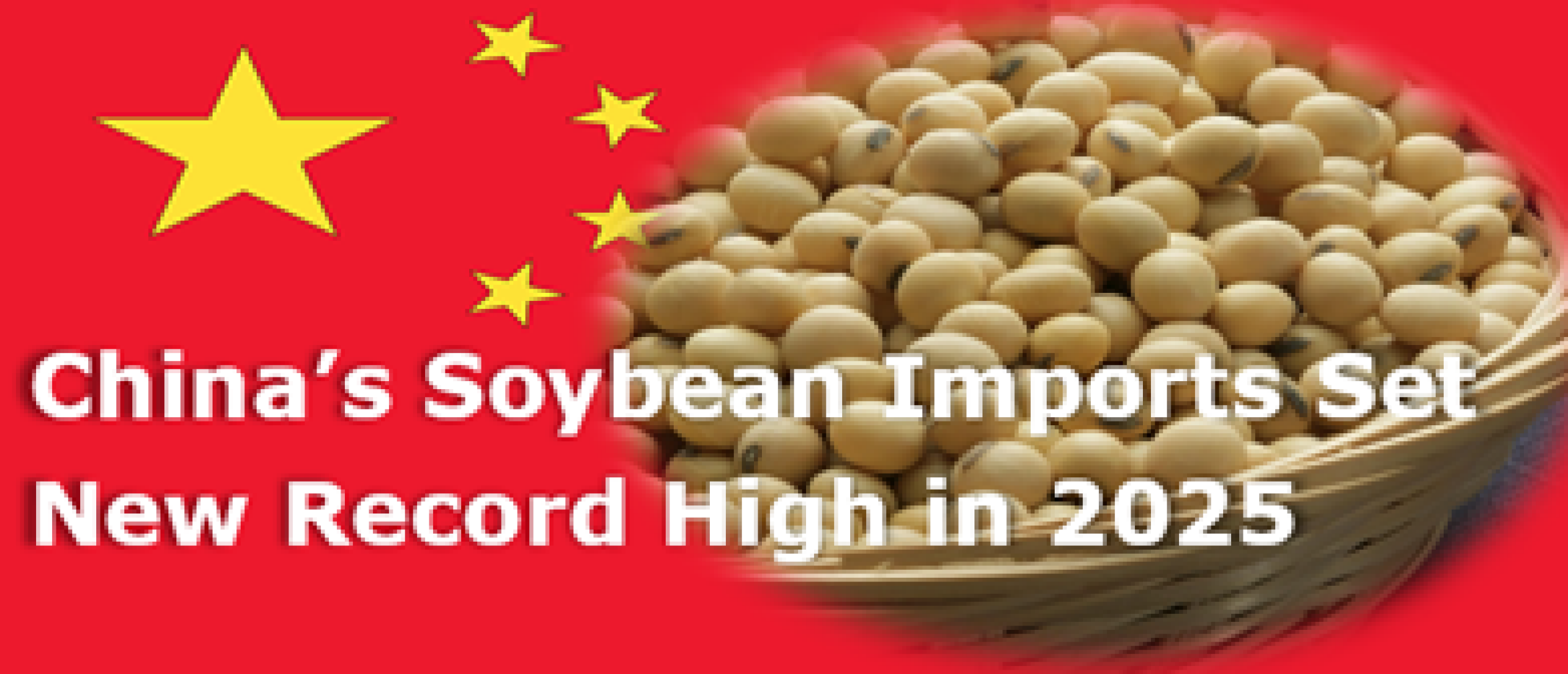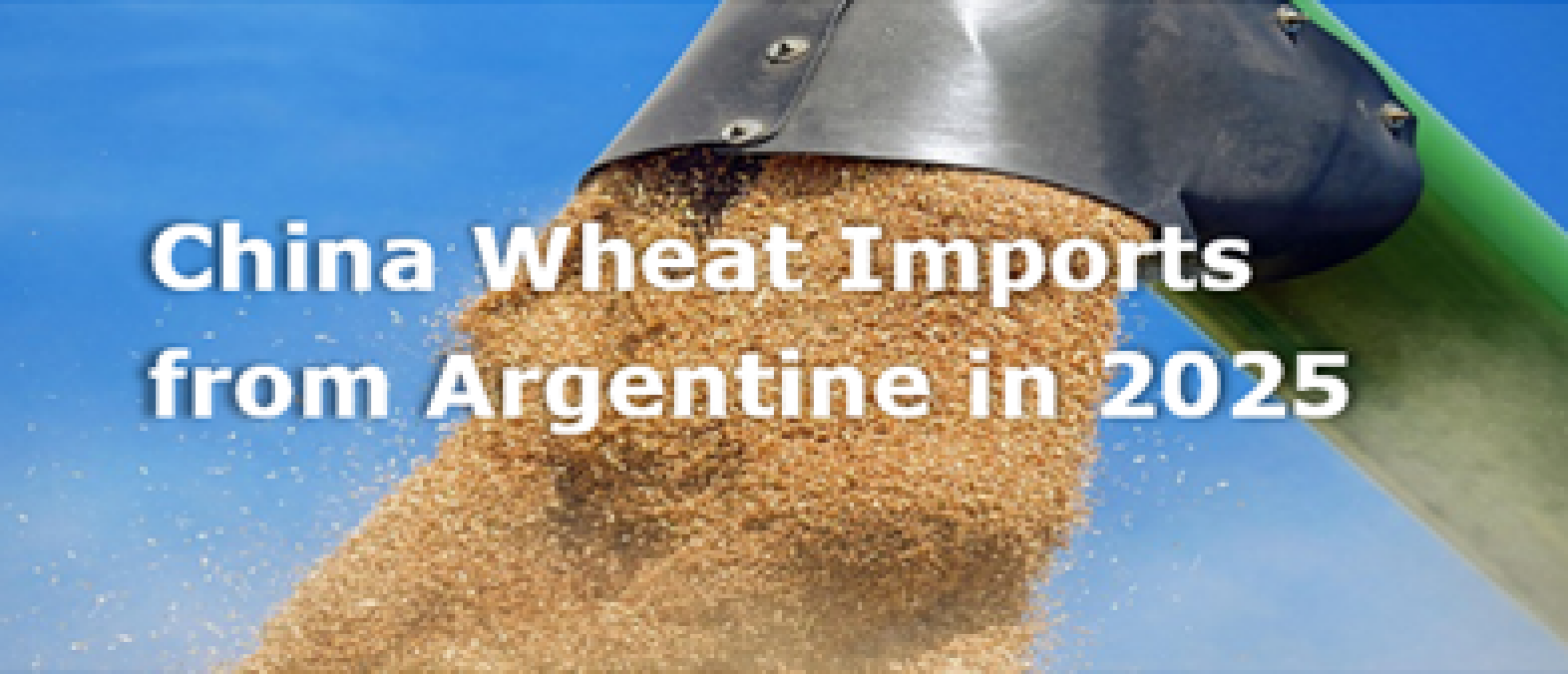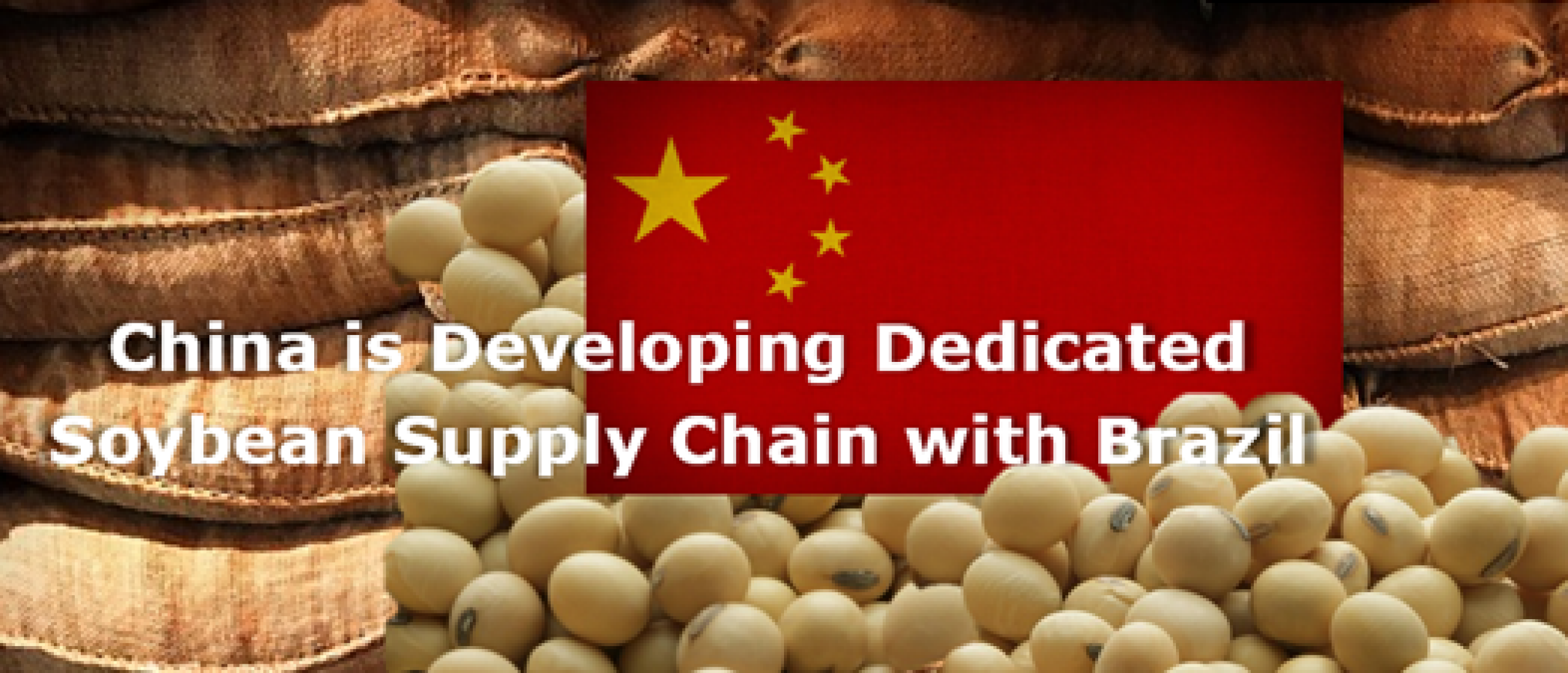
China is developing dedicated soybean supply chain with Brazil
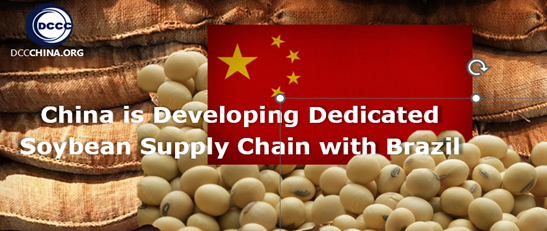 China is developing dedicated soybean supply chain with Brazil, due to its large population and critical consumption of soybeans, and corn. China's domestic production and import strategies significantly influence global soybeans trade dynamics. Look at this recent article from World Grain
China is developing dedicated soybean supply chain with Brazil, due to its large population and critical consumption of soybeans, and corn. China's domestic production and import strategies significantly influence global soybeans trade dynamics. Look at this recent article from World Grain
China is developing a dedicated soybean supply chain with Brazil, including, Brazilian cattle and beef are produced specifically to meet Chinese import standards.
In 2024, 71% of China’s soybean imports came from Brazil. If Brazil were to produce a variety specifically tailored to Chinese standards, which signals a deeper alignment of Brazil’s export strategy with Chinese agricultural demands.
China is looking to become self-sufficient in its oilseed and grain supplies at the same time, With which the country’s focus on food and feed security, area is expected to remain stable, and imports will continue to face policy and regulatory challenges.
Soybean China imports are expected to increase slightly from 2024-25, but are not high as the record of 112.2 million tonnes reached in 2023-24.
China currently feeds 22% of the world’s population with just 7% of the arable land.
Corn production in China 2025-26 is expected to increase 1.7% year over year due to improved yields.
Corn imports are estimated at 8 million tonnes, 1 million tonnes higher than the 2024-25 estimate. Feed use accounts for about 65% of China’s total corn consumption. The ratio of corn in feed rations is expected to trend higher by 6.7% than in the previous year.
China’s aging population play a critical role, more than 20% of the population is aged 60 or older, and by 2035, that is expected to be higher than 30%.
Young people’s diets continue to shift to consumption of more convenient and on-the-go foods such as bread and bakery products, which is expected to drive growth in the coming year.
About 80% of China’s flour traditionally has been used for steamed and boiled foods and frozen items. This requires flour with a low ash content, bright colour, and lower damaged starch.
China has 1,500 flour milling facilities, The top three largest companies utilize 55.5 million tonnes of wheat per year. They include Wudeli with a capacity of 85,000 tpd, Yihai (Wilmar China) with a capacity of 55,000 tpd, and COFCO with a capacity of 40,000 tpd.
Chinese soybean demand has increased by 4.6 million tonnes per year on average in the 20 years from 2002-03 to 2022-23. A pause in that trend is expected, due to the government’s efforts to reduce demand for soybean meal,
Imports are forecast at 106 million tones, up 1.9% from 2024-25. Slower import demand is expected in the coming years in response to slower demand growth for soybean meal.
By 2034, China expects its support of technological advancement and promotion of high-yield, stress-resistant crop varieties will increase grain yield by 7.8% to 6.3 tones per hectare, according to the China Agricultural Outlook (2025-2034), released this April. Total output will reach 753 million tones and cultivated area will stabilize at 119 million hectares.
Imports of wheat and corn also will see notable declines. Overall trade is expected to see structural changes, the China Agricultural Outlook said, with greater diversification in import sources......See more from World Grain here
China's role in the global soybeans market is significant.
Here is what is interesting…
China is a leading producer of major grains, including wheat, corn, and rice, but also a major importer, particularly of soybeans.
China's import decisions, influenced by factors like domestic production, government policies, and global supply and demand, can significantly impact international soybeans prices.
The Chinese government prioritizes food security and strives for self-sufficiency in staple grains, which guides its policies and import strategies.
Here is getting exciting, China's soybeans import volumes can reshape global soybeans trade patterns, as seen in its shift towards sourcing from Brazil and Argentina for corn, potentially impacting the related market share.
Policies aimed at enhancing domestic production, such as improving agricultural technology and modernizing farming practices, play a crucial role in China's soybeans market.
China's balance between domestic production and imports is a key factor in global supply, demand, and price volatility.
Here is what to know, Innovation in soybeans production equipment and sustainable practices are crucial for China to maintain its production levels and ensure food security, impacting the global market.
Recognizing the importance of minimizing soybeans loss, China is focusing on technological advancements and policy interventions to optimize soybeans storage and transportation.

